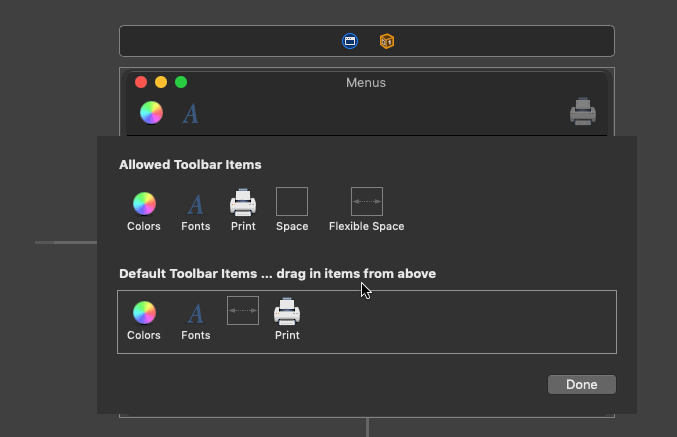
- GOOGLE TOOLBART FOR MAC INXCODE HOW TO
- GOOGLE TOOLBART FOR MAC INXCODE INSTALL
- GOOGLE TOOLBART FOR MAC INXCODE UPDATE
- GOOGLE TOOLBART FOR MAC INXCODE ARCHIVE
- GOOGLE TOOLBART FOR MAC INXCODE CODE
If you export the archive, open it and see /urs/local/include in Products try this suggestion:
GOOGLE TOOLBART FOR MAC INXCODE INSTALL
Made me realize that i forgot to set skip install to yes. So I could tell it has something to do with the crypto and ssl libraries. for example, this was the content of my folder (following the steps in hint above): and you should get immediate results for what you want. simply search for it in the global search of xcode. whatever files appears under step 4 in hint above.
GOOGLE TOOLBART FOR MAC INXCODE UPDATE
Update to hint: to make life even more simpler. If you find them here, then you have a definite answer for the cause of your problem. you will see all the files listed under Copy Files in step 3 above listed here. but that directory (ie usr/local/include) varies depending on your sublibrary directory structure. in some cases usr/local/include will identify the culprit header files you need to move from Public to Project or the files that you have to change from absolute path to products directory (or even the files you forgot to set the skip install to yes flag).The ‘libraries’ subdirectory will identify the libraries that you need to set the Skip Install to Yes.Browse the created directory in Finder.Select the ‘Save Built Products’ option.
GOOGLE TOOLBART FOR MAC INXCODE ARCHIVE

I had a three20 static library, I used cocoapods to include the files within the main project.I did the following to make it work for me: In addition of Skip Install to Yes and in case you opened another lib/framwork project within your app project you have to move headers (if any) from public to project in the Build Phase / Copy Headers. When you re-archive, XCode should start producing a ‘iOS App Archive’ again rather than a ‘generic xcode archive’. This can happen if you’ve added a framework/library … you need to edit the Target->Build Settings of that library and set the ‘Skip Install’ setting to ‘Yes’. Installation Directory under Deployment is valid (/Applications for example).In Build Phases for sub-projects, Copy Headers needs to be in Project, not Public (does not apply if building static library).Skip install is YES for framework (sub-projects) targets.Skip install is NO for the main project target.It has just stopped to generate iOS Archive for some reason. I should mention, that I have already generated an iOS App Archive of this application. When I click on the Product -> Archive it generates a generic xcode archive. Now I wanted to make som ad hoc testing and cannot generate the iOS App Archive. The application compiles just fine and even works in the simulator. prefix func ⋮ ( hex: UInt32) -> Color Type properties.I have a problem generating a iOS App archive from an application. This keyboard manually registers demo-specific services. By now, most of you probably have had time to take SwiftUI for a spin and get an understanding of how it works in general.
GOOGLE TOOLBART FOR MAC INXCODE CODE
This allows people using your code to discover your custom views, makes your codebase easier to learn, and it allows you to visually edit complex views visually rather than with code.
GOOGLE TOOLBART FOR MAC INXCODE HOW TO
In the last part of this SwiftUI course, you've learned all about how to create and arrange SwiftUI views to craft beautiful interfaces. In SwiftUI has a view modifier to apply shadow to a view, and luckily it can easily stack. systemIndigo) static let newPrimar圜olor = Color (“primar圜olor”) } You can easily use it on a View like: But if you absolutely must convert SwiftUI.

In this series, I’d like to change gears and see how far we can get in writing a real-world iOS application using SwiftUI and a few other technologies. 5 min read SwiftUI View comes with a range of built-in modifiers, such as background(), frame(), cornerRadius(), shadow() etc, which allow you to change the view from its original appearance or behaviour.


 0 kommentar(er)
0 kommentar(er)
